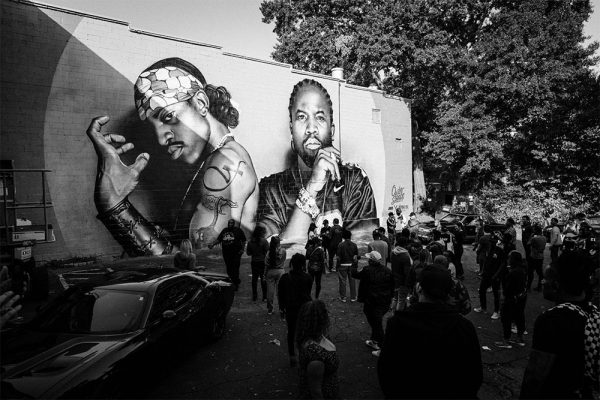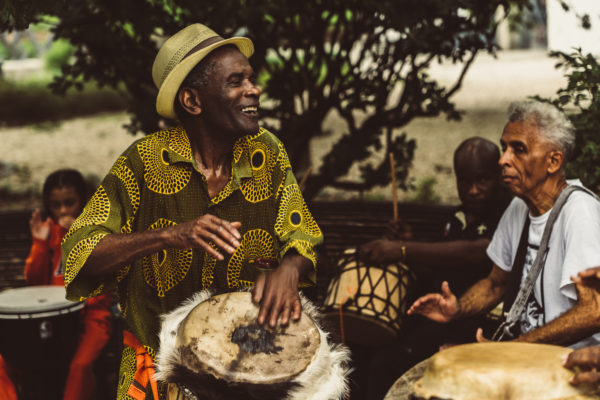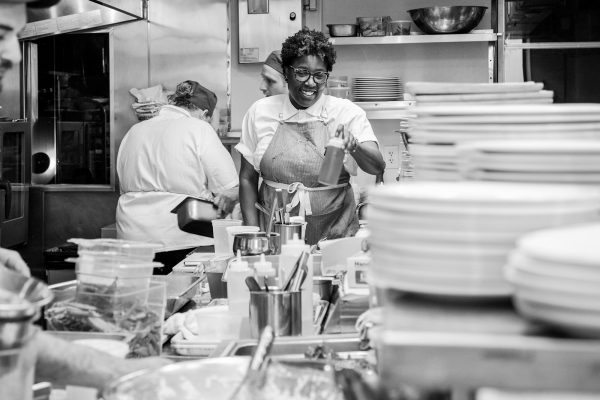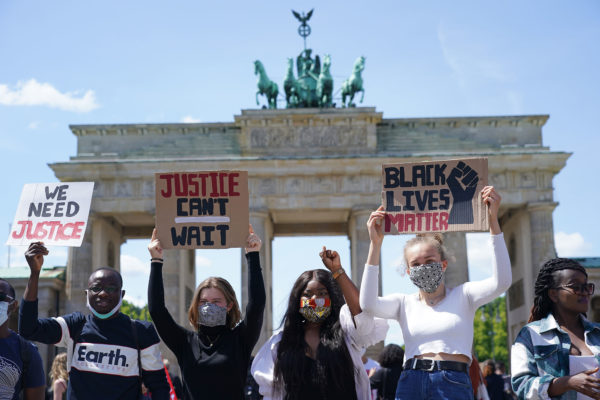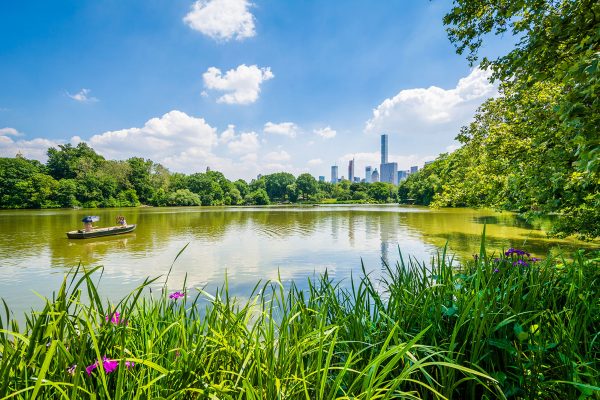No products in the cart.
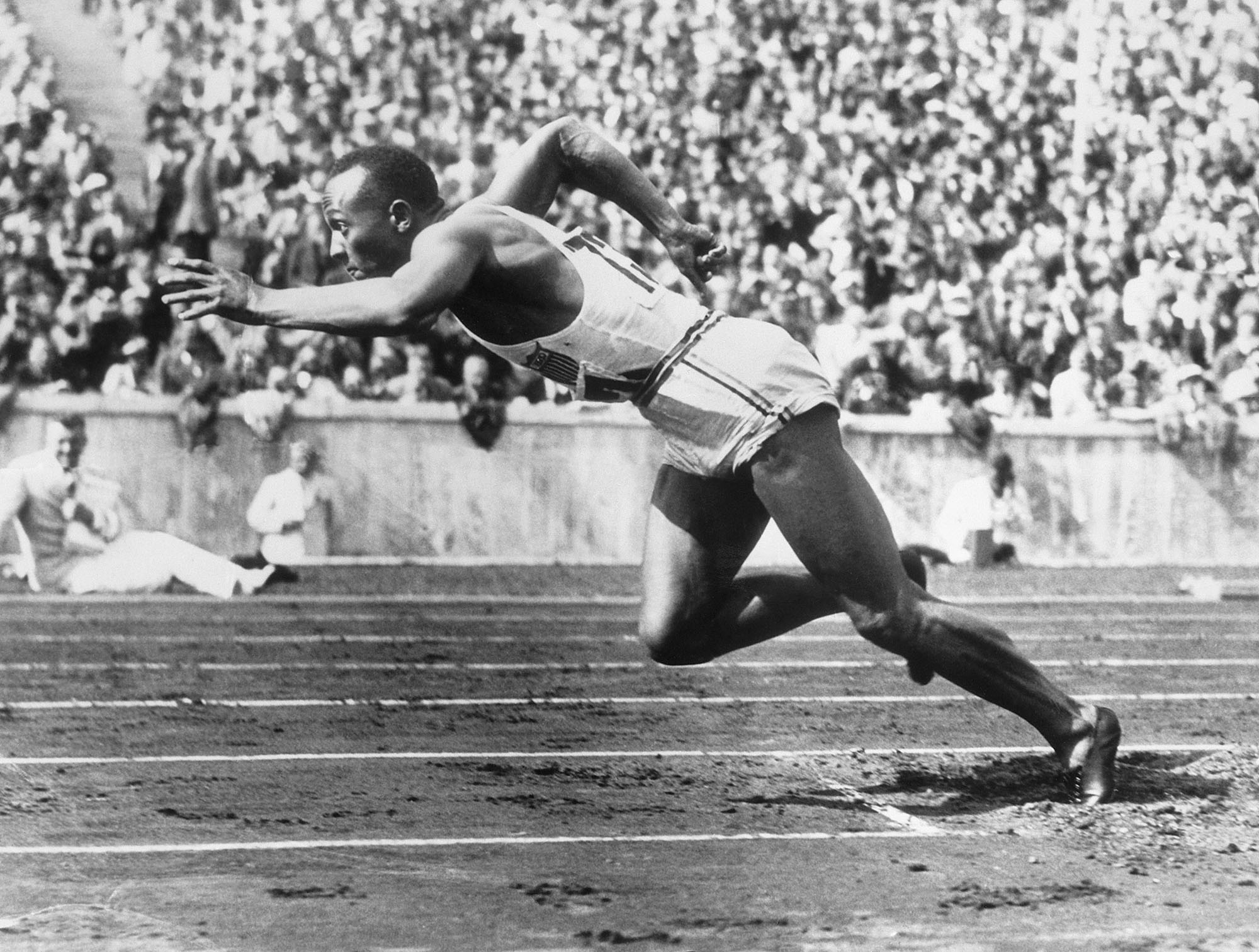
Tour The Stadium Where Jesse Owens Made History
“When we arrived in Berlin, there was this mob of young people — a lot of girls — yelling, ‘Wo ist Jesse? [Where is Jesse?]’ Remember, Jesse had set four world records here in the United States that year, so they wanted to see him. Well, Jesse got off the train and these teenage girls had scissors and they started snipping off his clothes. (laughter) I’m not kidding,” James LuValle recounts during an interview about the 1936 Olympics. The former American sprinter was discussing his teammate Jesse Owens. This photograph showing Owens signing autographs atop a bus in the Olympic Village confirms LuValle’s diagnosis of the German fandom.
Today, imagining Nazis cheering for an African-American athlete is, er, muy dificil, but LuValle witnessed the spectacle firsthand during the 1936 Summer Olympics. “In fact, to be perfectly frank, if Jesse left the Village, he usually had to go out with some soldiers to protect him. Not that they were trying to harm him, but these people just thought he was wonderful. Nobody else would go out with him as a result.”
Stories like these are often omitted in articles documenting Jesse’s week in Berlin. Instead, an intricate story of a Black man shattering Hitler’s Aryan race propaganda campaign is condensed into a paragraph casually dusted off during Black History Month. One sentence likely mentions Hitler snubbing Owens. The next details the specific medals Owens won in a “hostile country” — those being the 100-meter dash, the long jump, the 200-meter dash and the 400-meter relay. There are also a few words about the sprinter being jeered incessantly by Nazis and German spectators inside the stadium. Fact however dispels that narrative thanks to Owens expressing for the remainder of his life that his reception in Germany was more welcoming than any other place he’d been.
And as for the Hitler snub? Pure fiction. “Hitler had a certain time to come to the stadium and a certain time to leave,” Owens explained during a Republican rally in Baltimore following the Olympic games. “Some people say Hitler snubbed me. But I tell you, Hitler did not snub me,” he continued before shockingly revealing who he thought was guilty snubbing “I am not knocking the President [of the United States]. Remember, I am not a politician, but remember that the President did not send me a message of congratulations because, people said, he was too busy.”
As for why photographers never captured Owens and Hitler holding audience together, Owens stated, “It happened he had to leave before the victory ceremony after the 100 meters, but before he left I was on my way to a broadcast and passed near his box. He waved at me and I waved back. I think it was bad taste to criticize the ‘man of the hour’ in another country.”
That’s not quite the same story being spread throughout the United States educational system. Owens discovered in Germany that he was allowed to eat and sleep in the same places as the other White athletes, a truly fascinating concept. That little bit of equality was in stark contrast to life back in the United States for people that looked him. The same USA where Owens had to enter through the back of the Waldorf Astoria after his own victory parade because of his skin color.
Another detail often omitted in the re-telling of Owens time in Berlin are the German shoes he raced in. Adi Dassler, the founder of Adidas, visited Owens at the Olympic village and offered him a sponsorship deal. Adi was aware the decision could have led to repercussions from the German government, but acted anyway. The move made Owens the first male African-American athlete to land a sponsorship deal.
Today, you can walk through a lot of this history by touring Olympiastadion in Berlin. Owens’ dorm room has been restored for visitors touring the Olympic Village. You can also walk the grounds of the stadium which is on Jesse Owens Allee. After, you can grab a picture of 1936 Olympic winner wall with Owens name etched onto it four times. This tour is definitely not the first thing that comes to mind when visiting Berlin, but if you’re in the city and looking for something to do outside of these things, this is a great alternative. The stadium is located at Olympischer Platz 3, 14053 Berlin, Germany.



